Air pollution isn’t just a distant worry—it’s a pressing concern right here in the United States. From sprawling urban centers to quaint rural towns, the quality of the air we breathe is increasingly under threat. As pollution levels rise, there’s more at stake than just hazy afternoons; we’re talking about potential years shaved off your life expectancy. So, what’s causing this alarming trend? Here are 13 reasons air pollution levels are skyrocketing in America and how they could affect you.
1. More Cars, More Problems
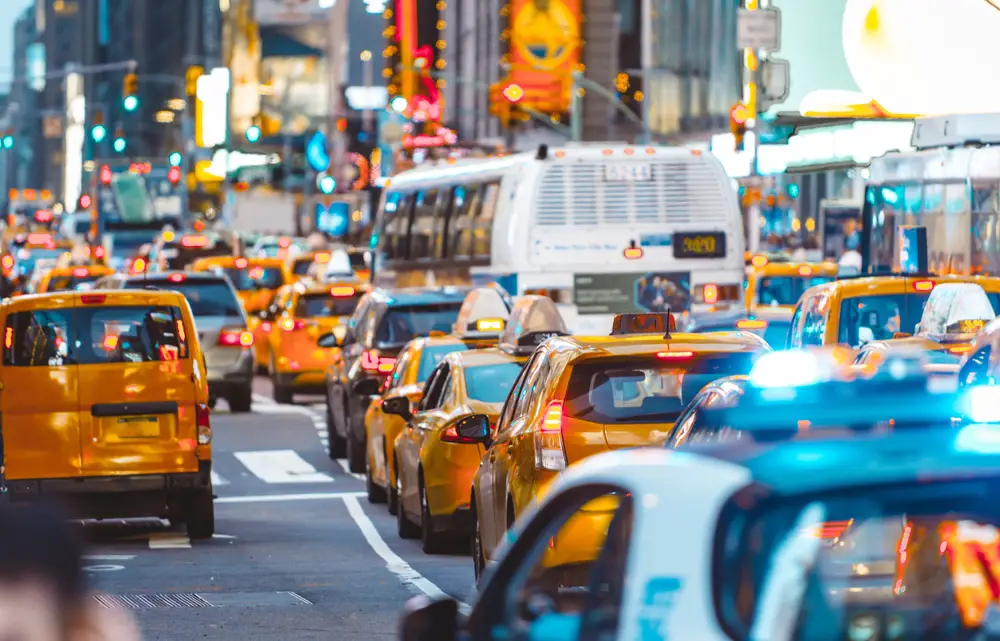
It’s no secret—America loves its cars. With the ever-increasing number of vehicles on the road, traffic emissions are skyrocketing. According to the Environmental Protection Agency (EPA), transportation is one of the largest sources of greenhouse gas emissions in the U.S. This isn’t just about smog or haze; vehicle emissions contribute to serious health issues such as asthma and heart disease. The expansion of urban areas means longer commutes and more congestion, which only exacerbates the problem. Have you ever noticed the air quality on a busy freeway? It’s a clear indicator of how cars impact our environment.
But it’s not just about the number of cars; the type of fuel they use also matters. While electric vehicles are gaining in popularity, the majority of cars still run on gasoline and diesel. These fuels emit harmful pollutants like nitrogen oxides and particulate matter. The shift to cleaner, renewable energy sources for vehicles is essential, but it’s a change that can’t happen overnight. Until then, expect car emissions to remain a significant factor in air pollution levels.
2. Industrial Activity on the Rise

The industrial sector is booming, which is good for the economy but not so great for air quality. Many industries still rely on processes that emit large amounts of pollutants into the atmosphere. Factories and power plants emit a mix of harmful substances, including sulfur dioxide and volatile organic compounds. According to a report by the World Health Organization, these pollutants contribute to respiratory and cardiovascular diseases.
While some industries are taking steps to reduce emissions, it’s often not enough to offset the overall increase in pollution. Advanced technologies and stricter regulations could help, but implementation takes time and resources. In the meantime, communities near industrial zones often bear the brunt of poor air quality. Advocating for cleaner industrial practices is vital to ensuring healthier air for everyone.
3. Forest Fires Are Getting Worse
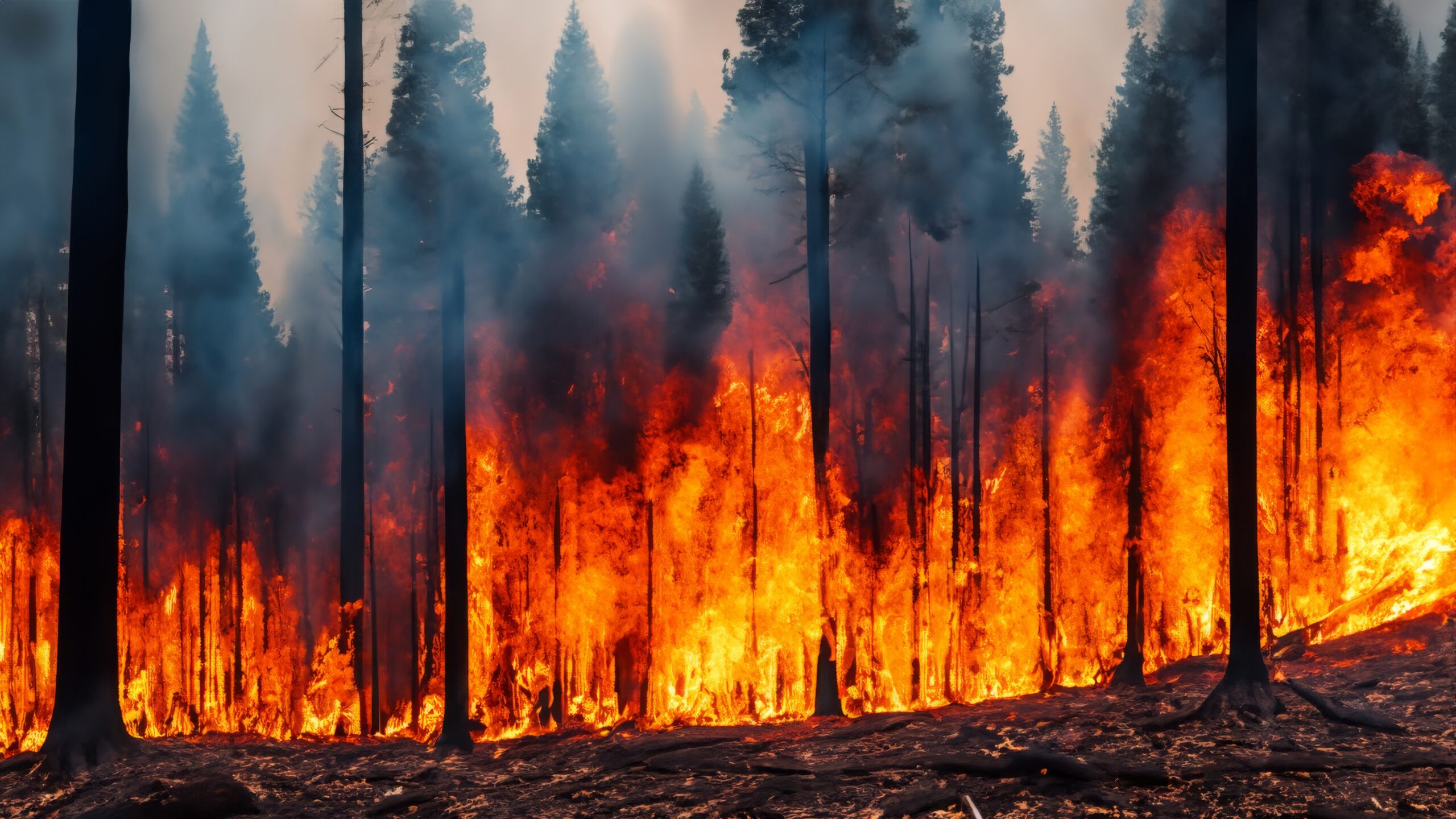
Every year, forest fires seem to make headlines across the country, and their impact on air quality is significant. The smoke from these fires contains a complex mixture of gases and fine particles, which can travel hundreds of miles. According to NASA, wildfires contribute to a large portion of airborne particulate matter. Climate change is making these fires more frequent and intense, leading to prolonged periods of poor air quality. Have you ever been in an area affected by wildfire smoke? It’s not just unpleasant; it can be downright harmful to your health.
The rise in temperatures and prolonged drought conditions are making forests more susceptible to fires. This vicious cycle is hard to break, as more fires lead to more carbon emissions, further exacerbating climate change. While controlled burns and better forest management could mitigate some risks, these solutions require careful planning and execution. Until then, expect forest fires to remain a considerable challenge for air quality.
4. Urban Heat Island Effect: The Invisible Threat
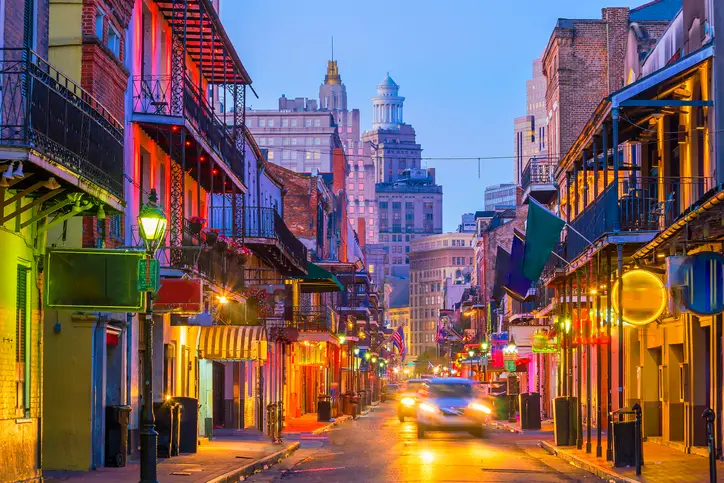
If you’ve ever walked through a city during a heatwave, you’ve experienced the urban heat island effect firsthand. Cities tend to be warmer than their rural counterparts due to human activities and infrastructure like roads and buildings. This increase in temperature doesn’t just make cities uncomfortable; it also worsens air pollution. Higher temperatures accelerate the chemical reactions that produce air pollutants like ground-level ozone. This is why urban areas often have more smog compared to rural regions. Have you noticed how summer days in the city often come with air quality warnings? That’s the urban heat island effect in action.
The problem is compounded by the lack of vegetation in urban settings, which would otherwise help cool the area. As cities expand, more natural landscapes are replaced with concrete and asphalt, further intensifying the effect. Green spaces, urban trees, and reflective surfaces can help mitigate this issue, but they require investment and planning. Until more cities adopt such measures, urban areas will continue to be hotspots for air pollution.
5. Increased Use of Air Conditioning

Who doesn’t love the comfort of air conditioning on a hot day? While it’s a modern luxury that many of us can’t live without, it’s also a hidden contributor to air pollution. The energy consumption needed to power air conditioning units is substantial, especially during peak summer months. This increased energy demand often comes from fossil fuels, which release pollutants into the atmosphere. Have you ever noticed how air conditioners often run continuously in both homes and businesses? It’s a cycle that’s hard to break.
Moreover, older air conditioning systems are not as energy-efficient and may leak refrigerants, which are potent greenhouse gases. As temperatures continue to rise, the demand for air conditioning will only increase. While upgrading to more energy-efficient systems and using renewable energy sources can help, these changes take time and money. Until then, our reliance on air conditioning will continue to contribute to rising air pollution levels.
6. Agricultural Activities: More than Just Crops

When we think of air pollution, agriculture isn’t usually the first thing that comes to mind. However, farming activities contribute significantly to air pollution in the form of ammonia emissions. These emissions occur from manure management and fertilizer application. Ammonia reacts with other pollutants to form particulate matter, which can affect respiratory health. Have you ever driven past a farm and noticed a pungent smell? That’s often ammonia in the air.
Moreover, agricultural practices also contribute to methane emissions, a potent greenhouse gas. Methane is released from livestock digestion and rice paddies, among other sources. While sustainable farming practices and better fertilizer management can help reduce these emissions, widespread adoption is needed. The agricultural sector plays a vital role in feeding the nation, but balancing productivity with environmental responsibility is a crucial challenge.
7. Construction Boom and its Air Quality Impact

The construction industry is booming, and while it’s a sign of economic growth, it’s also a major source of air pollution. Dust and emissions from construction sites contribute to poor air quality, especially in urban areas. Have you noticed how construction sites often come with a cloud of dust? This is typically due to activities like demolition and movement of construction materials. The use of diesel-powered machinery also adds to the emissions problem.
Most construction projects are temporary, but their impact on air quality can be long-lasting. The type of materials used, and the processes involved can influence the amount of pollution generated. Regulations and innovations such as dust suppression techniques and cleaner machinery can help reduce construction-related air pollution. However, these measures are not always implemented consistently, leaving residents near construction sites exposed to harmful pollutants.
8. Indoor Air Quality: The Overlooked Component

Air pollution isn’t just an outdoor problem; it also affects the air inside homes and buildings. Many everyday activities, such as cooking and using household products, can release pollutants indoors. Have you ever noticed how indoor air can sometimes feel stuffy or even irritating? That’s often due to poor indoor air quality. Common indoor pollutants include volatile organic compounds, particulate matter, and carbon monoxide.
The problem is exacerbated by inadequate ventilation, which traps pollutants inside. Use of air fresheners and scented candles might make a room smell nice, but they can also contribute to indoor air pollution. Ensuring good indoor air quality requires proper ventilation and careful choice of household products. As we spend a significant amount of time indoors, improving indoor air quality is just as important as tackling outdoor pollution.
9. Shipping and Maritime Activities
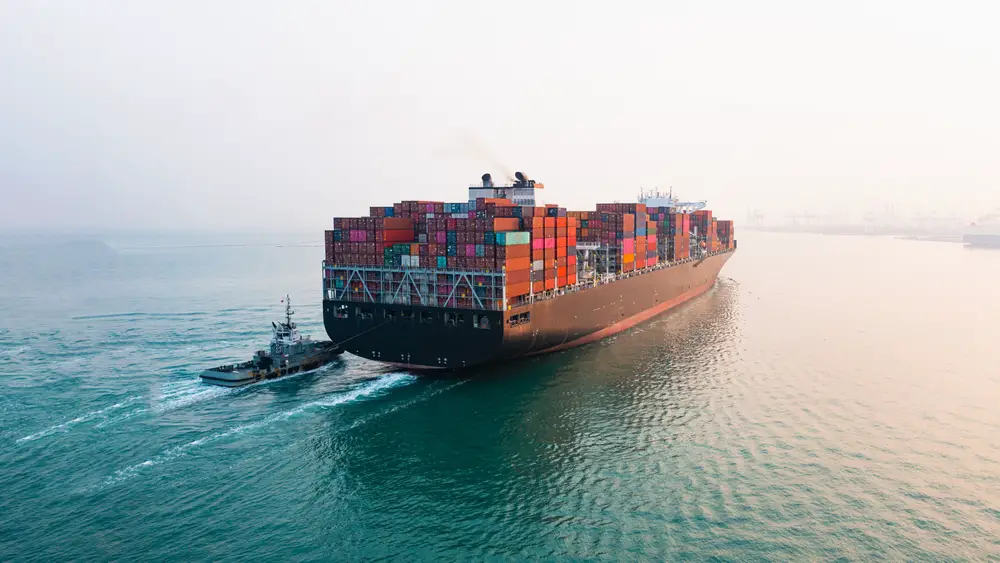
Our reliance on global trade means that shipping and maritime activities are crucial for the economy, but they also contribute significantly to air pollution. Large cargo ships burn heavy fuel oil, which releases sulfur oxides and particulate matter into the air. Have you ever noticed the smoke plumes from ships docked at a port? These emissions can travel long distances and impact air quality far from the coast.
While there are regulations in place to reduce emissions from ships, enforcement can be a challenge. Some ports are adopting cleaner technologies and alternative fuels, but widespread implementation is still in progress. As trade continues to grow, reducing the environmental impact of shipping is a complex but necessary task. Cleaner maritime practices are essential for improving air quality both locally and globally.
10. Household Waste Burning: A Silent Polluter

Not everyone has access to waste disposal services, leading some to burn household waste as a means of disposal. This practice releases a cocktail of toxic substances, including dioxins and heavy metals, into the air. Have you ever smelled a bonfire-like odor coming from a neighbor’s yard? It’s likely someone burning their waste, a common practice in some areas. This not only affects the immediate vicinity but also contributes to broader air pollution issues.
Burning waste is not just about smoke and smell; it poses serious health risks to those who inhale the fumes. The pollutants released can cause respiratory and cardiovascular problems, especially in vulnerable populations. Encouraging proper waste management practices and providing adequate waste disposal services are crucial in combating this issue. Until alternative solutions are widely available, waste burning will remain a silent but significant contributor to air pollution.
11. Transboundary Pollution: A Global Issue
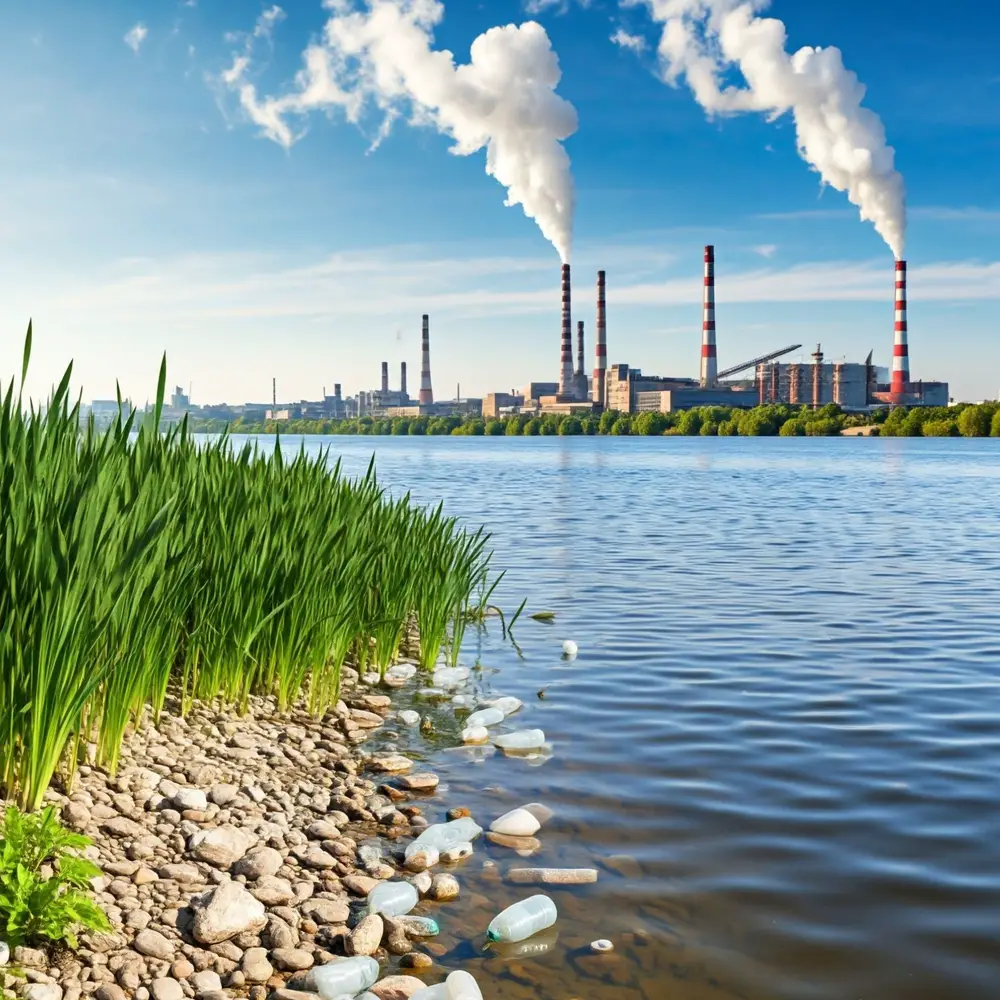
Air pollution doesn’t respect borders; what starts in one country can easily become another’s problem. Transboundary pollution is a growing concern, especially for countries like the United States that are downwind from industrialized regions. Have you ever noticed how air quality can change even if there hasn’t been a local pollution event? This is often due to pollutants traveling long distances from other regions.
International cooperation is crucial for addressing this issue, as it requires a concerted effort to reduce emissions globally. Agreements like the Paris Climate Accord aim to tackle such issues, but progress can be slow. While it’s challenging to control pollution originating from other countries, domestic policies can help mitigate its effects. Strengthening international partnerships is key to addressing the complex nature of transboundary air pollution.
12. Meteorological Factors: Nature’s Role in Air Quality
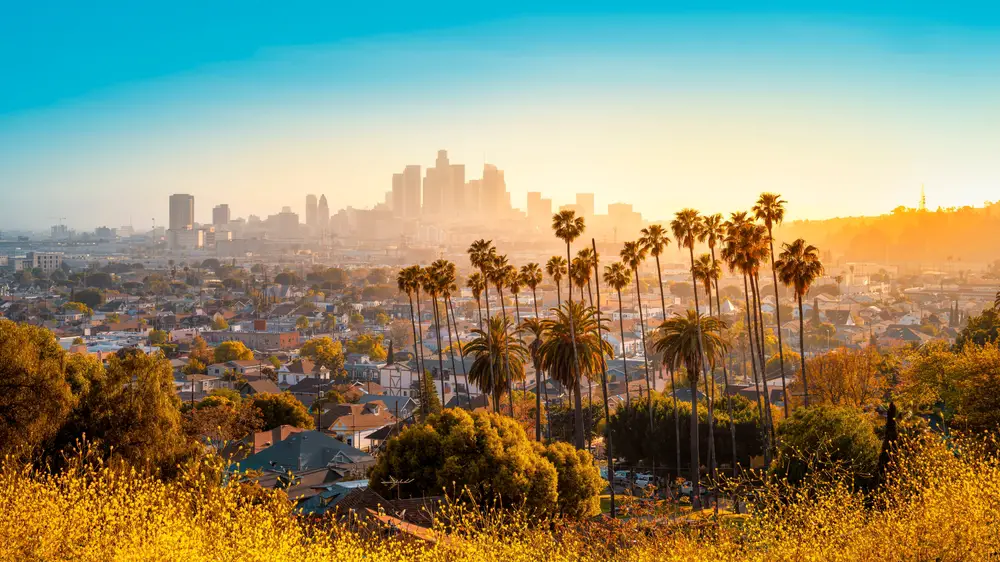
Sometimes, nature itself plays a role in exacerbating air pollution levels. Weather conditions like temperature inversions and stagnant air can trap pollutants close to the ground, worsening air quality. Have you ever experienced an unusually hazy day even when there hasn’t been an increase in local pollution sources? Meteorological factors could be at play. These natural conditions can make an already bad situation worse, especially in urban areas with high pollution levels.
While we can’t control the weather, understanding its impact on air quality can help in planning and mitigation. For example, issuing air quality warnings during adverse weather conditions can help the public take necessary precautions. Urban planning and development can also consider meteorological factors to minimize their impact. While we may not be able to change the weather, we can adapt to its effects to improve air quality.
